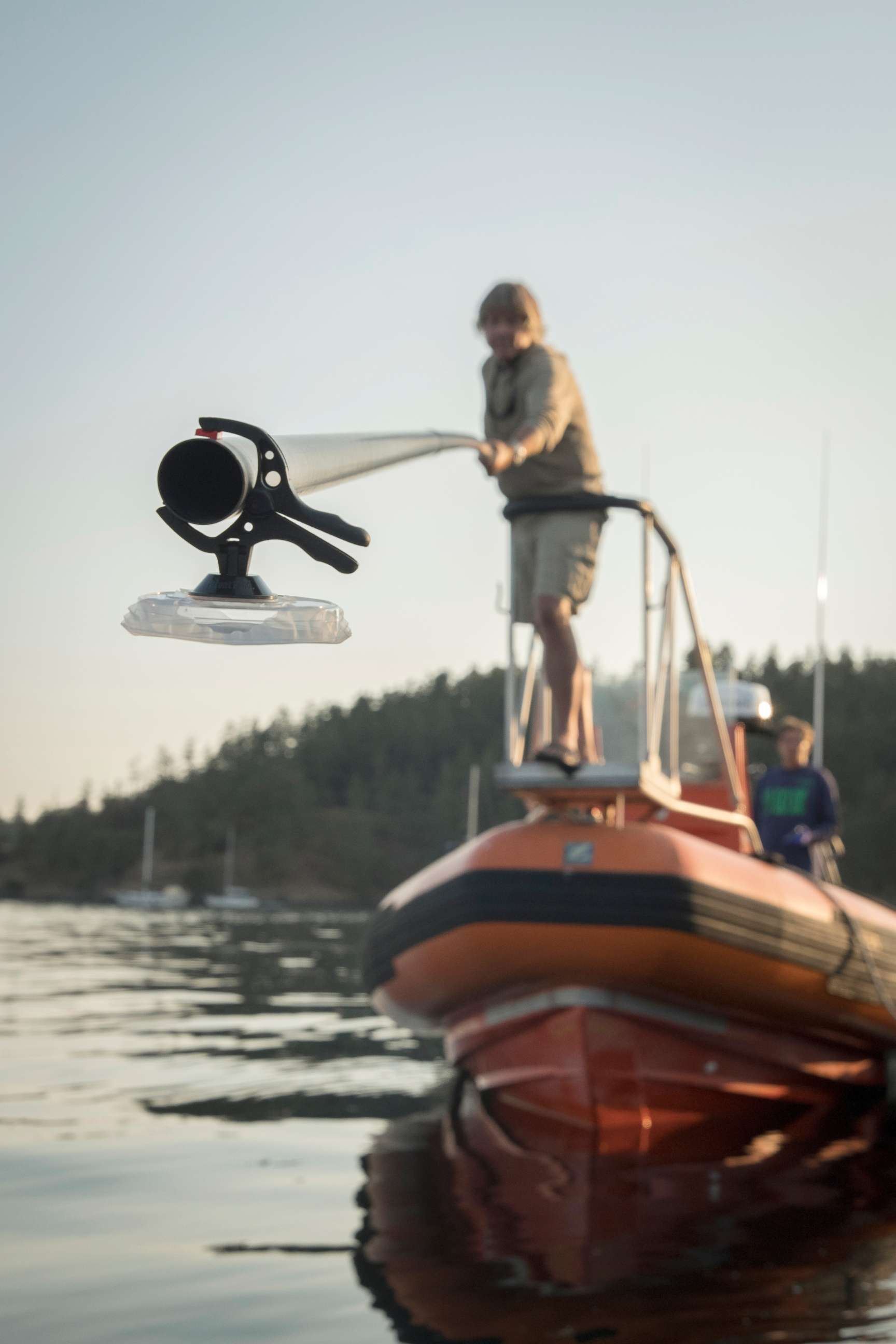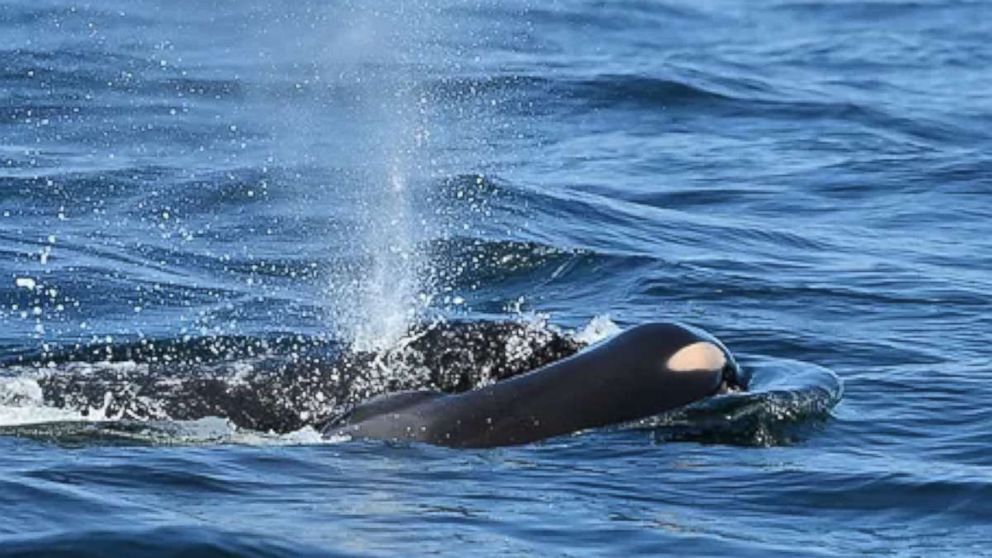Killer whale still carrying her dead calf after 16 days
A killer whale who was spotted pushing the corpse of its short-lived offspring continued to carry her dead calf after 16 days, experts said.
Scientists and researchers on Wednesday saw the grieving orca known as J35, or Tahlequah, still carrying her dead calf in coastal waters near the border between British Columbia and Washington State.
Tahlequah, who gave birth on July 24, got to spend just 30 minutes with her offspring before the calf died. Since then, Tahlequah has been spotted pushing her dead calf sometime on her head, sometimes in her mouth.
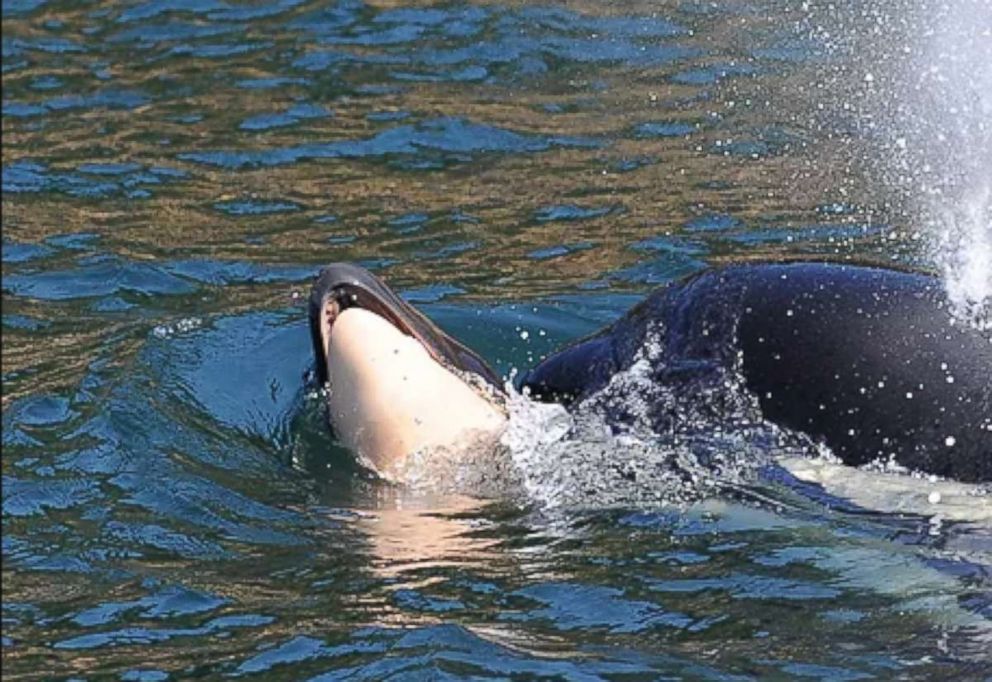
The adult orca’s condition is being monitored, National Oceanic Atmospheric Administration fisheries experts wrote on the agency's website.
“Our crew encountered J35 and she is indeed still with the carcass of her calf,” Sheila Thornton research scientist for Fisheries and Oceans Canada told reporters in a phone briefing Thursday.
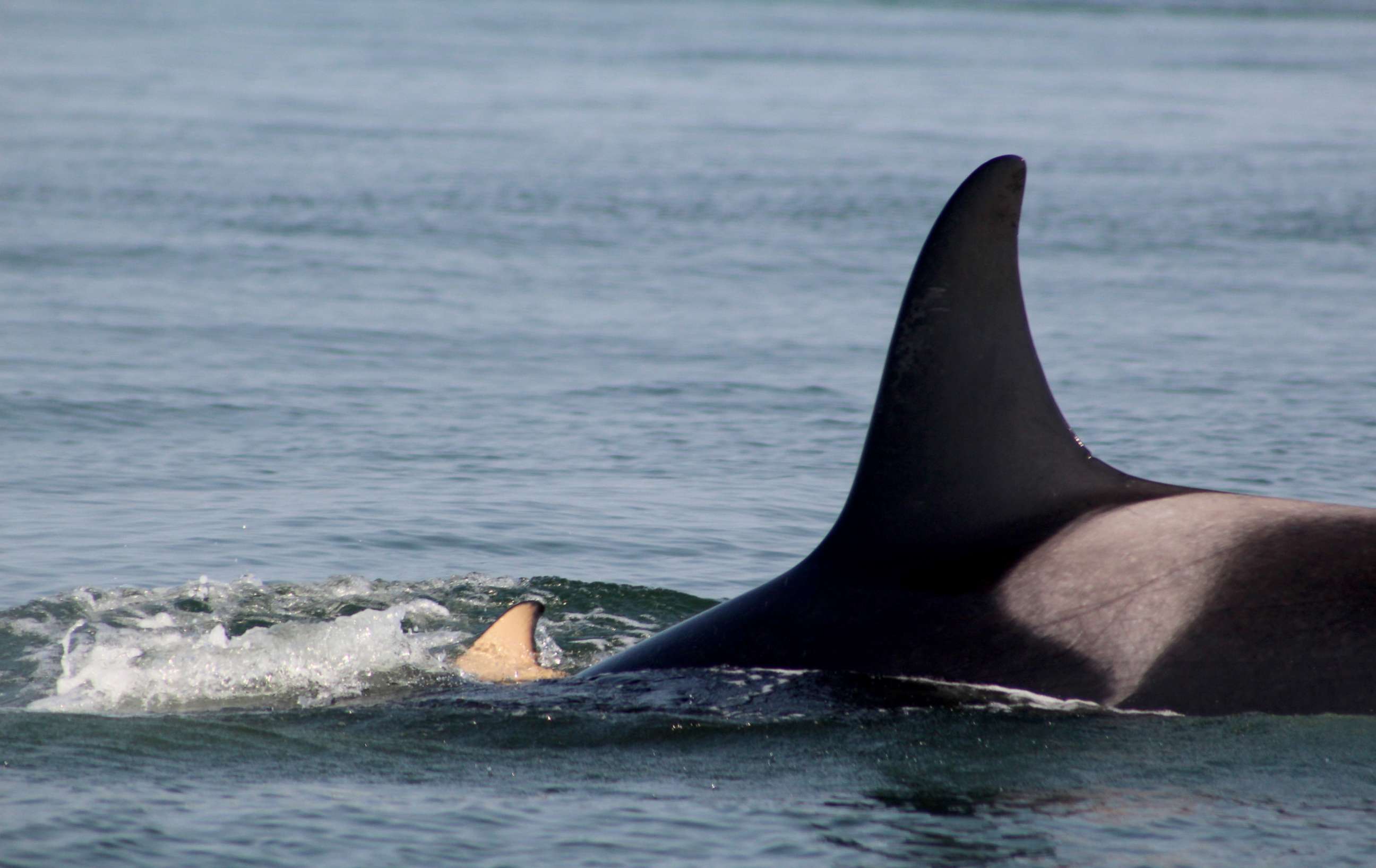
Scientists are worried that Tahlequah’s behavior may harm her health, and they are keeping a close eye on her.
“We have obvious concerns about the displacement of her behavior away from foraging and feeding towards carrying the calf," Thornton said.
While Tahlequah is mourning her dead baby, another young whale is on the brink of death, said scientists, who are racing against time to save 3-year-old J50, also known as Scarlet.
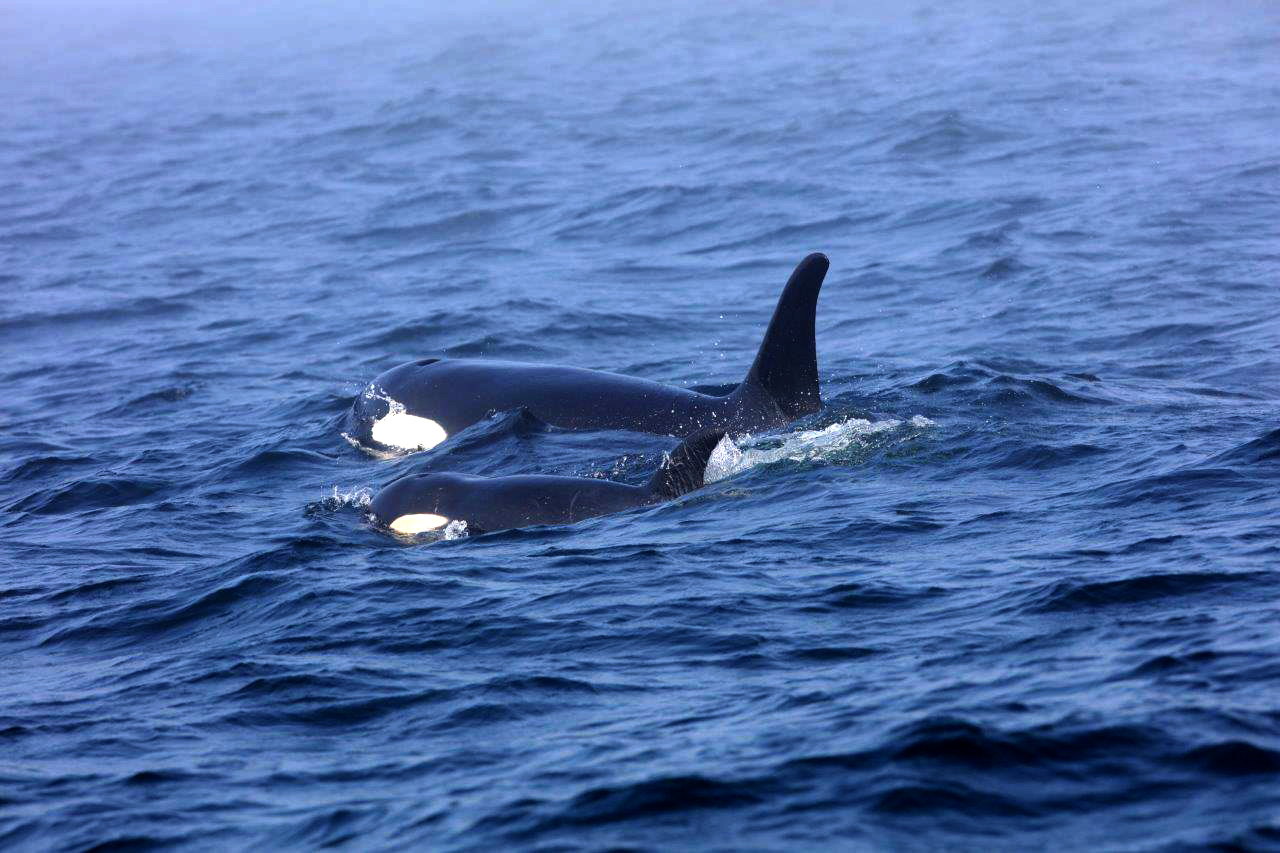
“Biologists are mobilized and responding to an emaciated and ailing 3-year-old killer whale ... , J50 also known as Scarlet, of the critically endangered southern resident population,” NOAA wrote on its website on Thursday. “J50 appears lethargic at times with periods of activity, including feeding. Scientists observing her agree that she is in poor condition and may not survive.”
NOAA Fisheries and partner organizations are exploring options ranging from no intervention at all to providing medical treatment, potentially delivered via a live Chinook salmon for J50 to eat, a treatment method never before been attempted in the wild, the agency said.
